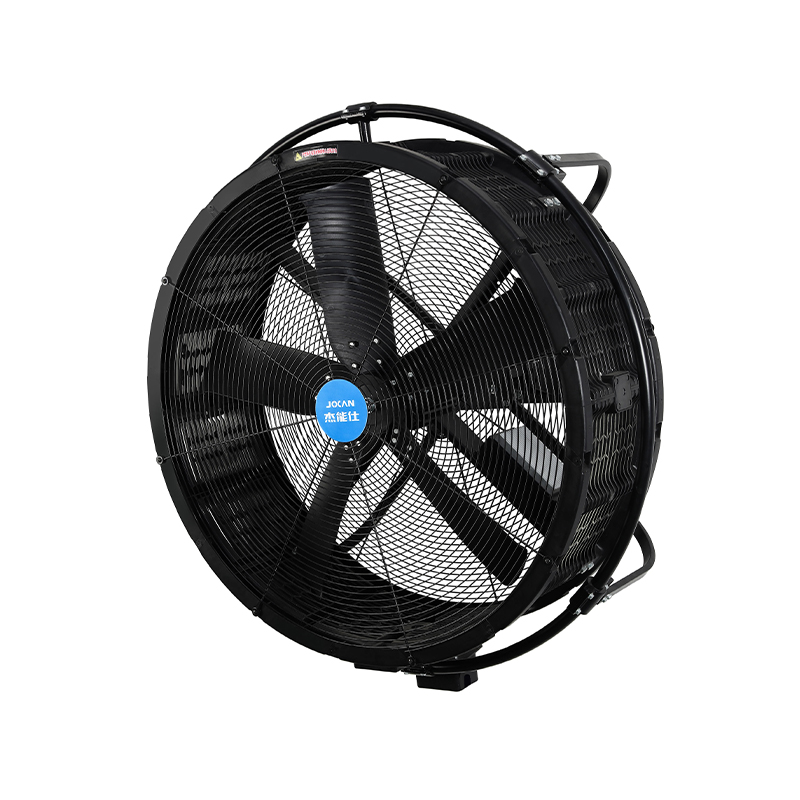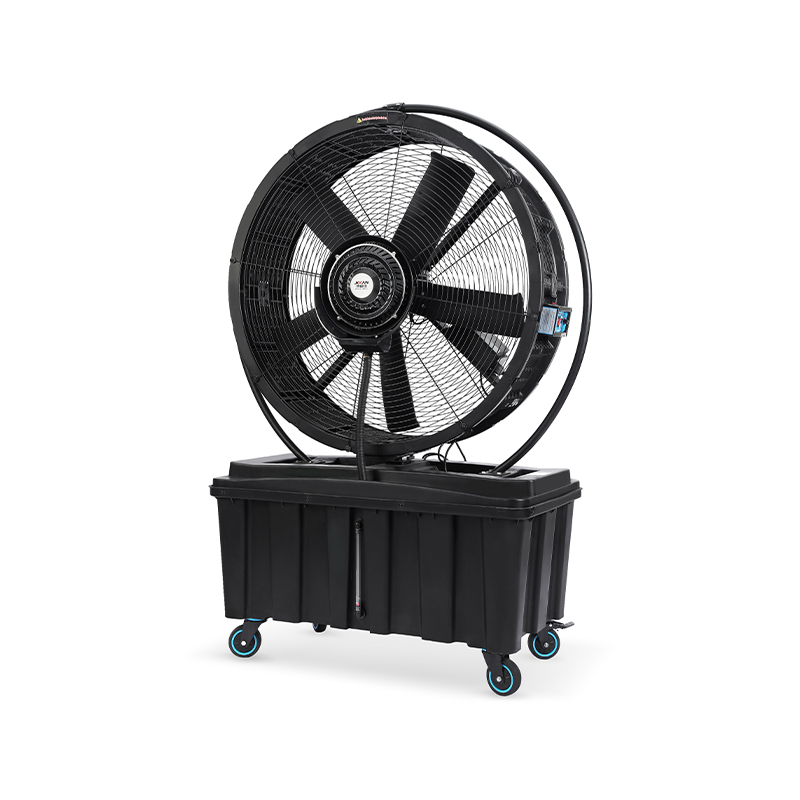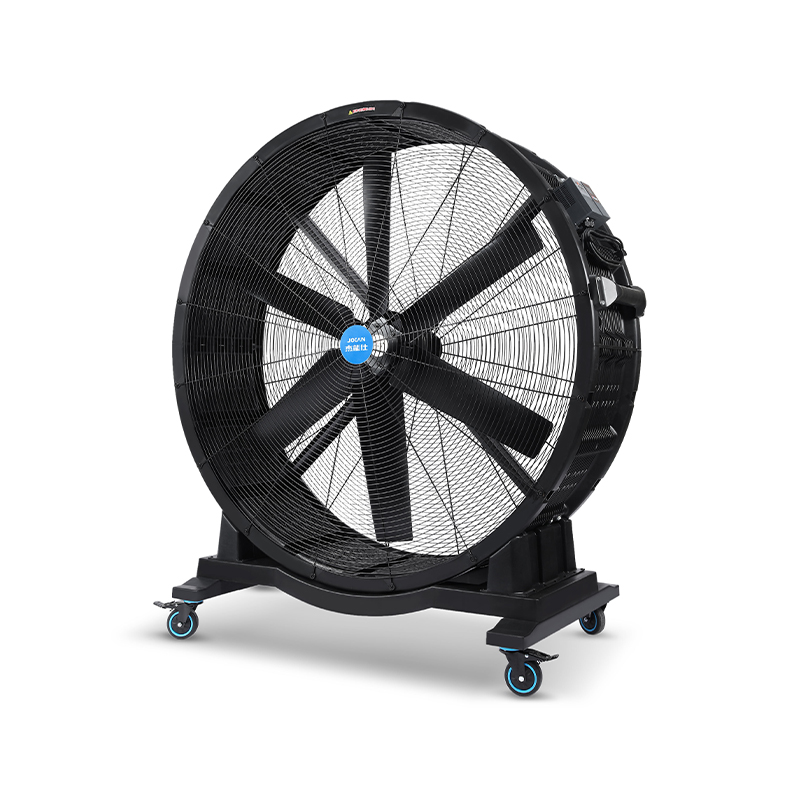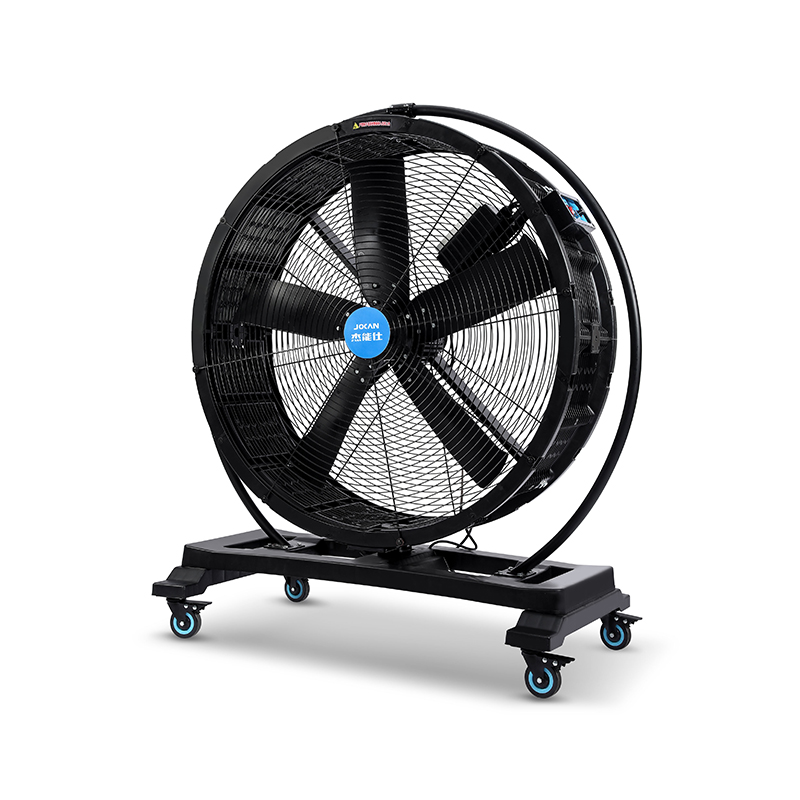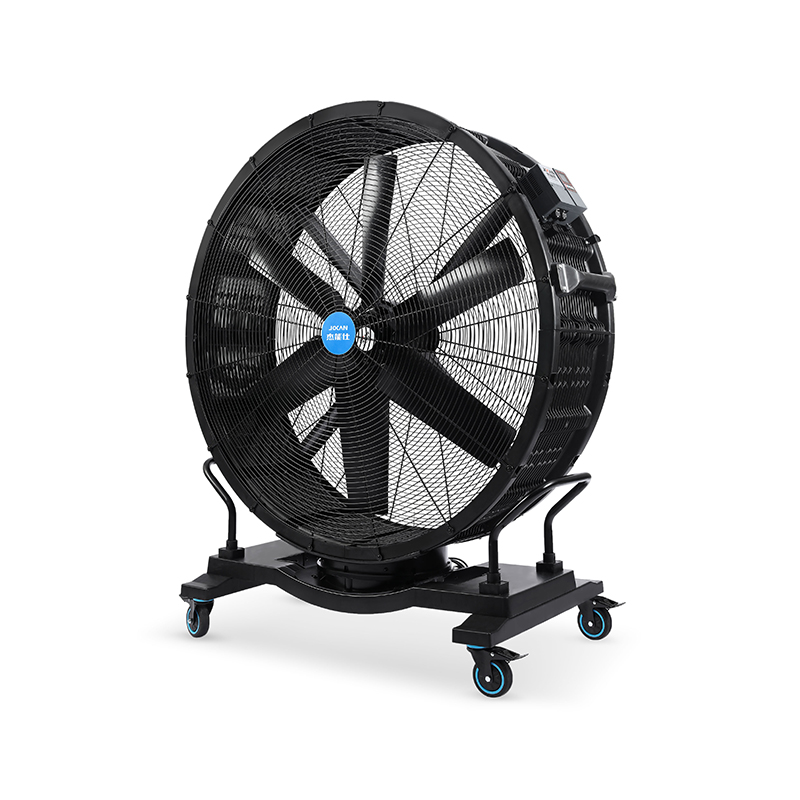The future of industrial fan design is rapidly evolving, driven by rising energy efficiency expectations, smarter integration technologies, and changing environmental requirements across industrial spaces. From warehouses and factories to large-scale workshops, the need for adaptable and high-performing air movement solutions has never been more apparent. As we look ahead, it's clear that the shift in design priorities goes beyond airflow volume—it's also about control, quietness, and flexibility.
One area seeing significant progress is the high power oscillating fan category. These fans are no longer limited to simple back-and-forth motion. Modern designs now incorporate programmable oscillation ranges, adjustable airflow speeds, and energy-saving sensors. This makes them better suited for variable industrial environments, where airflow requirements may change depending on the activity in each zone. Whether it’s drying, cooling, or general ventilation, a well-placed high power oscillating fan can maintain comfort without constant manual adjustment.

Alongside oscillating models, the floor mounted fan continues to prove itself as a foundational piece of industrial ventilation. Its stability and versatility make it ideal for open spaces where wall or ceiling mounting is not feasible. The new generation of floor mounted fan options often includes pivoting heads and integrated wheels, enhancing mobility and directional airflow. In future designs, we expect more integration with IoT systems for automatic operation and fault detection—features that will make the floor mounted fan even more useful in smart factories.
Quiet operation is also gaining traction as a priority, particularly in facilities where workers are exposed to constant machine noise. The rise of the silent floor fan responds directly to this need. These fans are engineered to deliver powerful airflow with fewer decibel levels, improving the overall working environment. This shift indicates a broader recognition of the human factor in industrial design. Instead of treating fans solely as utility devices, newer models are evaluated for their impact on comfort, stress levels, and concentration on the factory floor.
As industries embrace new working methods and increased automation, the role of air circulation is becoming more integrated into facility-wide planning. Smart layouts now account for fan placements during the early design stages of a workspace. For example, a high power oscillating fan may be positioned near heat-generating equipment to provide spot cooling, while several silent floor fan units can be used along assembly lines where little noise is essential. The floor mounted fan, on the other hand, continues to be the go-to choice for temporary setups and portable use cases due to its uncomplicated setup.
Interestingly, materials and finishes are also being reconsidered in the fan design process. Durability remains essential, especially in dusty or humid conditions, but lighter materials are being adopted for easier transport and maintenance. At the same time, fan aesthetics are subtly changing to better align with modernized production spaces. This change may seem superficial, but it reflects a larger movement towards harmonizing function and form, even in the industrial sector.
User experience is now influencing engineering decisions more directly. A factory manager might choose a high power oscillating fan for its ability to cover wide areas efficiently, but also because the control panel is easy to use. Similarly, an operations team might prefer a floor mounted fan that’s easy to relocate when production lines are rearranged. A facilities supervisor could opt for a silent floor fan to maintain air quality without adding to existing background noise. These scenarios show how different types of fans are no longer just about mechanical performance—usability is playing a bigger role than ever.
In the coming years, we can expect to see even tighter integration between industrial fans and building management systems. Features such as remote diagnostics, automatic cleaning alerts, and energy usage reports will likely become standard. But even with advanced features, the basics remain vital: consistent airflow, noise control, and reliable build quality.
Whether it's a silent floor fan offering quiet comfort in noise-sensitive environments, a floor mounted fan providing sturdy and movable ventilation, or a high power oscillating fan managing airflow across large equipment zones, each model has a place in the evolving landscape of industrial ventilation. The future isn't just about more powerful fans—it's about smarter, quieter, and more thoughtful fan design.
 Add: Plot 23, Huanglang Industrial Zone, Jinqing Town, Luqiao District, Taizhou City, Zhejiang Province
Add: Plot 23, Huanglang Industrial Zone, Jinqing Town, Luqiao District, Taizhou City, Zhejiang Province
 TEL: +86-13586083215
TEL: +86-13586083215

 English
English English
English عربى
عربى 한국어
한국어


